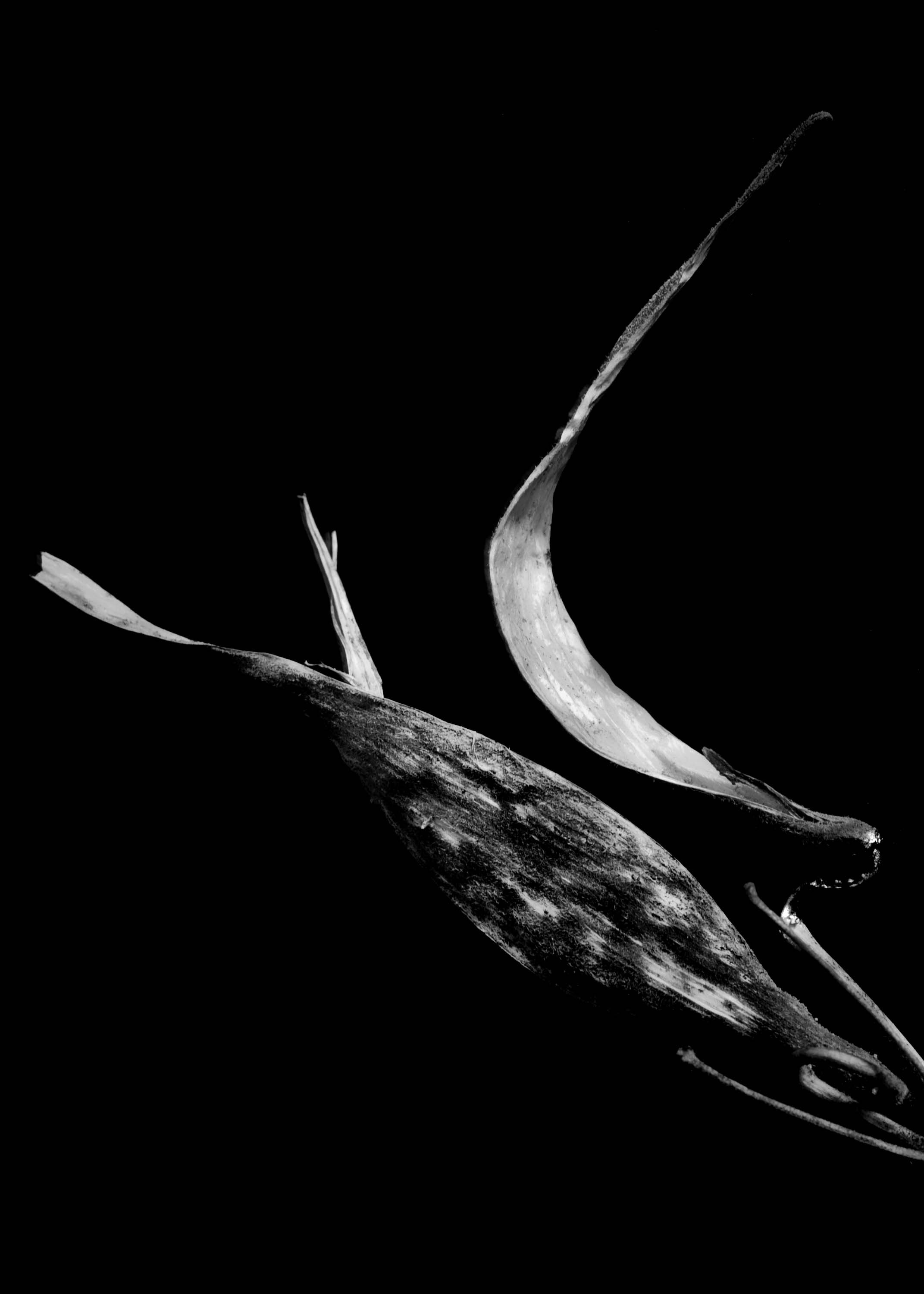Karen Elias on “Flight”
A couple of years ago, when “Flight” was created, I'd been listening to Leonard Cohen. The song that captivated me was “Anthem.” It sounded, as it came to me over my car's audio, like the hard-won result of a long interior process, and indeed the song took Cohen ten years to write. He was to say of it later: “I think it is one of the best songs I have written, maybe the best. I know that song was everything that my whole work and life had somehow gathered around. It is absolutely true to me.”
Years later, in the midst of a calamitous time, “Anthem” seems to speak even more clearly to our need. It takes a clear-eyed look at our broken world and refuses to be defeated by it, rising in triumph to that provocative dare that stirs us to shine – not in spite of the world's imperfections, but because of them.
Ring the bells that still can ring
Forget your perfect offering
There is a crack, a crack in everything
That's how the light gets in.
What would it be like, I wondered back then, to walk around in my version of Leonard Cohen's world, camera in hand, and try to find equivalencies? It would mean taking the song apart before putting it back together. It would mean creating portraits of sorry objects that have still somehow kept their sheen. It would mean breaking things apart to find my own song.
Some of these equivalencies were easy to capture: abandoned car with a shattered windshield, wooden bowl cupped in supplicant hands, string of bells tilted in several directions, teasing me with their promise of sound.
But I returned again and again, with some frustration, to these lines:
Ah, the wars they will be fought again
The holy dove, she will be caught again
Bought and sold, and bought again
The dove is never free
As you may well imagine, I did not happen to have a dove lying around. Holy or otherwise. If there was a place where I might get stuck, this was it. Then suddenly there was a milkweed cutting in front of me. I honestly don't remember how it got there. I turned it around in my hands to catch the light. I set it on a dark background and snapped its portrait. Turned it to the right, to the left, upside down and sideways. And finally, there it was in black and white – a mere husk, yes, something left over, a remnant, but at the same time a form that flight itself had sculpted. In the words of Marjorie Maddox's beautiful poem:
brown husk of a wing
tipped up, speckled
bird reminder
of chirp, of everything
still willing
to soar.
It was my imperfect offering.




